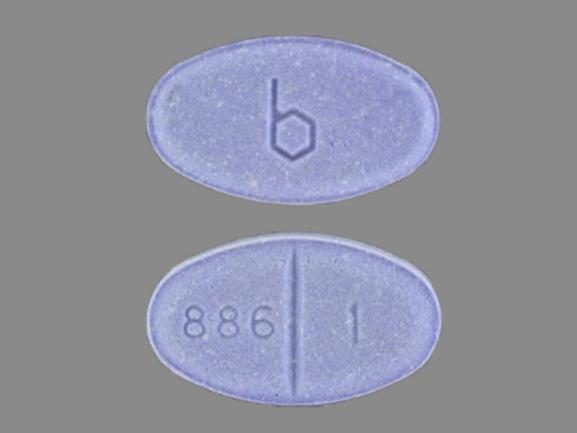Estradiol Interactions
There are 393 drugs known to interact with estradiol, along with 17 disease interactions, and 4 alcohol/food interactions. Of the total drug interactions, 35 are major, 337 are moderate, and 21 are minor.
- View all 393 medications that may interact with estradiol
- View estradiol alcohol/food interactions (4)
- View estradiol disease interactions (17)
Most frequently checked interactions
View interaction reports for estradiol and the medicines listed below.
- Adderall (amphetamine / dextroamphetamine)
- Ambien (zolpidem)
- Benadryl (diphenhydramine)
- CoQ10 (ubiquinone)
- Cymbalta (duloxetine)
- Fish Oil (omega-3 polyunsaturated fatty acids)
- Flexeril (cyclobenzaprine)
- Flonase (fluticasone nasal)
- Lamictal (lamotrigine)
- Lexapro (escitalopram)
- Lyrica (pregabalin)
- Metoprolol Succinate ER (metoprolol)
- Nexium (esomeprazole)
- Norco (acetaminophen / hydrocodone)
- Probiotic Formula (bifidobacterium infantis / lactobacillus acidophilus)
- Prozac (fluoxetine)
- Singulair (montelukast)
- Synthroid (levothyroxine)
- Topamax (topiramate)
- Tylenol (acetaminophen)
- Vitamin B12 (cyanocobalamin)
- Vitamin C (ascorbic acid)
- Vitamin D2 (ergocalciferol)
- Vitamin D3 (cholecalciferol)
- Vyvanse (lisdexamfetamine)
- Wellbutrin XL (bupropion)
- Xanax (alprazolam)
- Zofran (ondansetron)
- Zoloft (sertraline)
- Zyrtec (cetirizine)
Estradiol alcohol/food interactions
There are 4 alcohol/food interactions with estradiol.
Estradiol disease interactions
There are 17 disease interactions with estradiol which include:
- abnormal vaginal bleeding
- carcinomas (estrogenic)
- hypercalcemia in breast cancer
- hypertension
- thromboembolism/cardiovascular
- hepatic neoplasms
- angioedema
- gallbladder disease
- hypercalcemia
- hyperlipidemia
- liver disease
- melasma
- depression
- fluid retention
- glucose intolerance
- retinal thrombosis
- thyroid function tests
More about estradiol
- estradiol consumer information
- Compare alternatives
- Pricing & coupons
- Reviews (599)
- Drug images
- Side effects
- Dosage information
- Patient tips
- During pregnancy
- Support group
- Drug class: estrogens
- Breastfeeding
Related treatment guides
Drug Interaction Classification
| Highly clinically significant. Avoid combinations; the risk of the interaction outweighs the benefit. | |
| Moderately clinically significant. Usually avoid combinations; use it only under special circumstances. | |
| Minimally clinically significant. Minimize risk; assess risk and consider an alternative drug, take steps to circumvent the interaction risk and/or institute a monitoring plan. | |
| No interaction information available. |
See also:
Further information
Always consult your healthcare provider to ensure the information displayed on this page applies to your personal circumstances.


